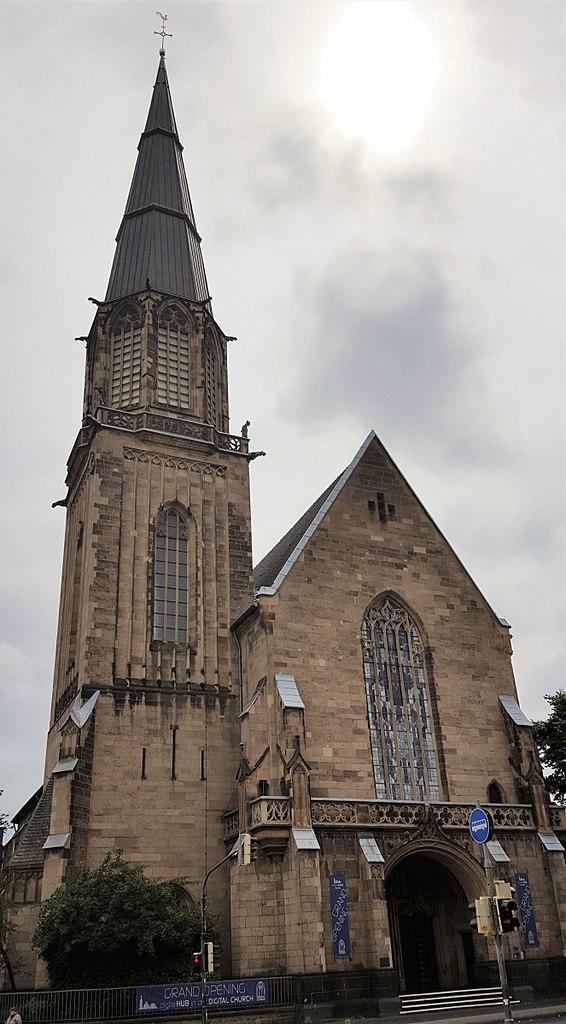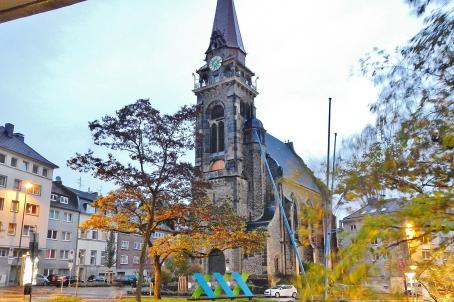St Elisabeth Church - Coworking Space "Digital Church“
Built in 1904-1907, St Elisabeth church in Cologne underwent various changes. It served as a parish, exhibition space, urban cultural hotel, and is now repurposed as the "Digital Church" and co-working space since 2017.
About this building
The former church St. Elisabeth, built from 1904 to 1907 in Cologne, Germany, underwent various changes and repurposings over the years. In 2010, it became part of the merged community of Christus unser Bruder after the parish lost its independence. In 2014-2015, it served as exhibition and research space for children and youth. In 2016, the building was sold to Norbert Hermanns, an investor and CEO of Landmarken AG, and was temporarily used as an urban cultural hotel called "Hotel Total."
Later in 2017, it was transformed into the "Digital Church" and became the location for the digitalHUB Aachen, a nonprofit organization promoting regional digitization efforts. The building now houses a co-working space for startups, businesses, and industry. The repurposing involved reversible installations such as closed workspaces between the columns of the nave, long work tables, and flexible furniture arrangements. The new owners aimed to preserve the original purpose of the church as a meeting and event venue while accommodating its multifunctional use.






